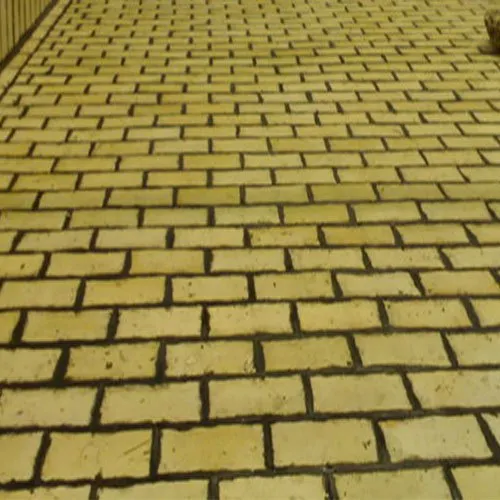MASTIC / GAS GODOWN FLOORING
MASTIC / GAS GODOWN FLOORING
“Mastic flooring” typically refers to a type of flooring installation where a mastic adhesive or thin-set mortar is used to bond tiles or other flooring materials to a substrate. Mastic is a type of adhesive that comes in various forms, including a thick paste or a thin, glue-like substance. It is commonly used in the installation of ceramic tiles, porcelain tiles, and some types of natural stone tiles. Here are some key points about mastic flooring:
-
Material Composition:
- Mastic used in flooring applications is often a latex-based adhesive that may contain additives to improve flexibility and adhesion.
-
Application Process:
- The mastic is applied to the substrate using a notched trowel, creating a consistent layer. Tiles are then pressed into the mastic, ensuring a strong bond.
-
Tile Types:
- Mastic is suitable for bonding certain types of tiles, such as ceramic and porcelain tiles. It may not be recommended for natural stone tiles or in areas with high moisture or temperature variations.
-
Indoor Use:
- Mastic flooring installations are typically used indoors, in areas such as kitchens, bathrooms, and living spaces.
-
Quick Setting:
- Mastic adhesives often have a quick setting time, allowing for faster completion of the flooring installation compared to some other adhesives.
-
Flexibility:
- Mastic provides a certain degree of flexibility, allowing it to absorb minor movements and reduce the risk of tile cracking.
-
Grouting:
- Once the tiles are set in the mastic, grout is applied to fill the gaps between the tiles, providing a finished and cohesive look to the flooring.
-
Maintenance:
- Mastic flooring is relatively easy to maintain. Regular cleaning and proper care can help prolong the life and appearance of the flooring.

ACID RESISTANT BRICKS FLOORING SERVICES
Acid-resistant bricks flooring is a specialized type of flooring designed to withstand exposure to corrosive chemicals, acids, and other harsh substances. This type of flooring is commonly used in industrial settings, laboratories, chemical processing plants, and areas where there is a high risk of chemical spills or exposure.